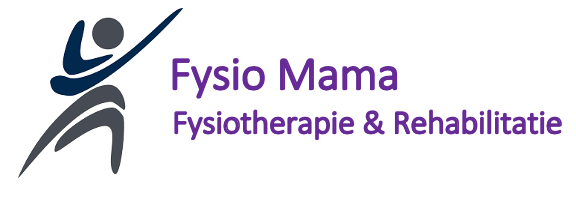Myofascial Triggerpoint Therapy
Myofascial Triggerpoint Therapy refers to the treatment of myofascial trigger points (MTrP) or ‘trigger points’ (TrP) that are found in muscles and fascia.
Myofascial painsyndrome
Myofascial pain syndrome (MPS) is a chronic pain condition characterized by painful knots and tenderness in any muscle. The nodes are referred to as myofascial trigger points (MTrPs)
Myofascial trigger points
Trigger points or muscle knots are discrete painful hardening, hyperirritable spots located in a skeletal muscle that can no longer relax.
As a result, the muscle contracts and can be felt like a tight band. This hinders blood flow and leads to an accumulation of waste products in the muscles.
The spots are painful on compression. The pain follows a predictable pattern in the body and in many cases the pain is felt in a different area than the location of the trigger point itself. This is called referred pain.
Trigger points usually occur in postural muscles such as those in the neck, shoulders, and pelvic girdle.
Trigger points can be caused by:
- Acute trauma or repetitive microtrauma
- Overload / overuse of for example shoulder, neck and arm muscles
- Due to a wrong body posture
- Tiredness, poor sleep
- Injuries in athletes
- Damage to tissue such as with a meniscus injury or a hernia;
- After an operation or period of immobilization (cast, sling)
- Psychological factors such as stress and depression;
- Foot deformities or differences in leg length
Symptoms
- Movement restrictions
- Muscle stiffness
- Pain when straining the muscle
- Tension headaches
- Tinnitus (ringing or other noises in the ears)
- Temporomandibular joint pain
- Decrease in muscle strength
Treatment
The aim of the treatment is to weaken the myofascial trigger points and make the muscles more flexible. As the muscle stiffness decreases, blood circulation to the trigger point zone increases. This flow flushes the build up of wastes in the muscles and reduces the associated pain.
Treatment techniques used include:
- Trigger point compression with sustained pressure on the trigger point
- Massage techniques with increasing pressure
- Heat applications for muscle relaxation, increase of blood circulation and pain relief.
- Contract-relax techniques
- Muscle relaxing exercises
- Postural advice and exercises



